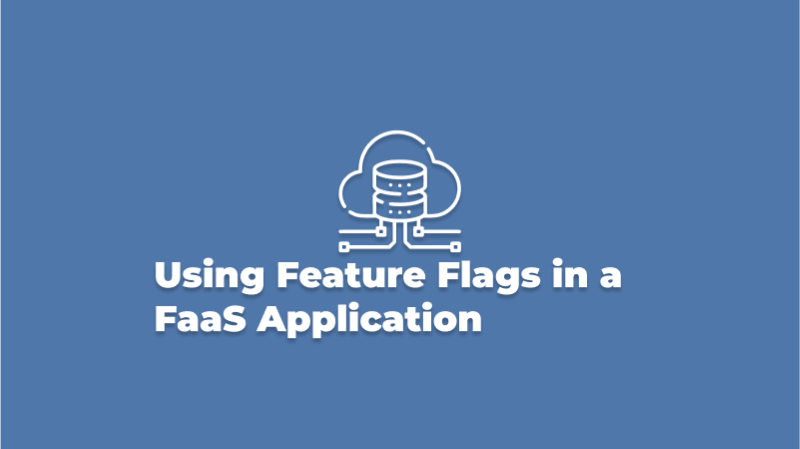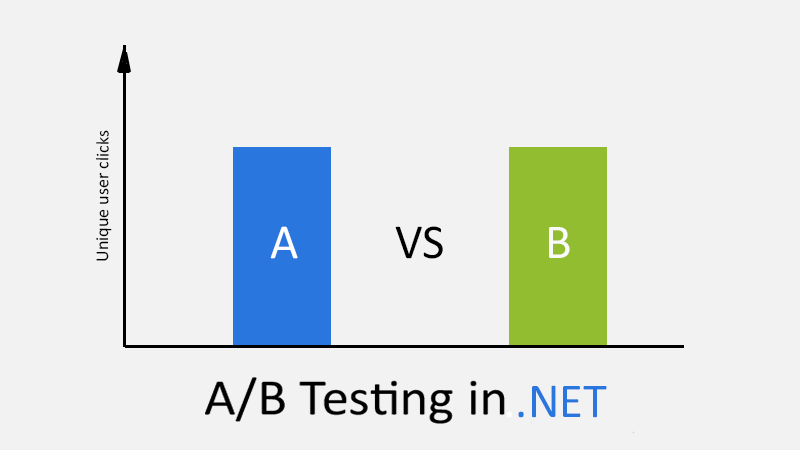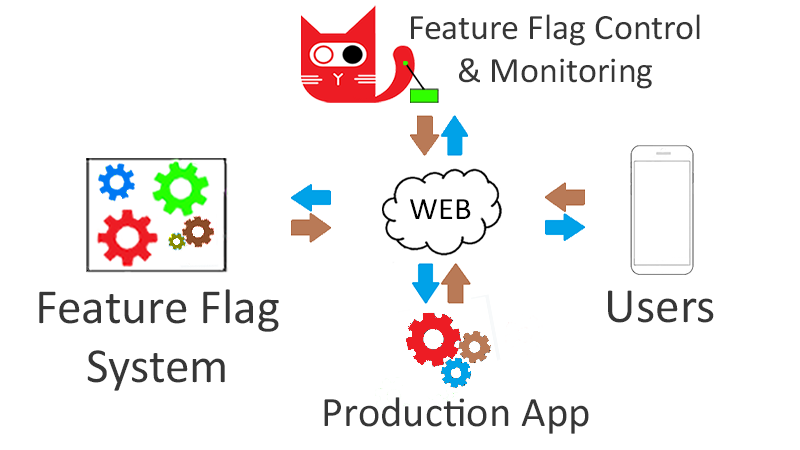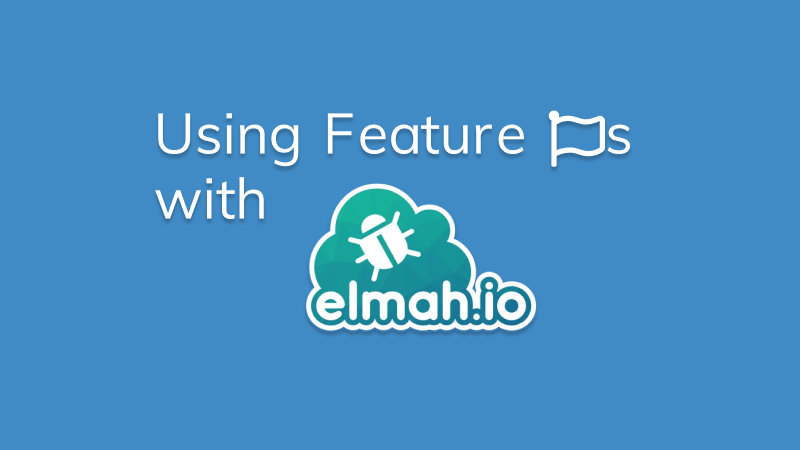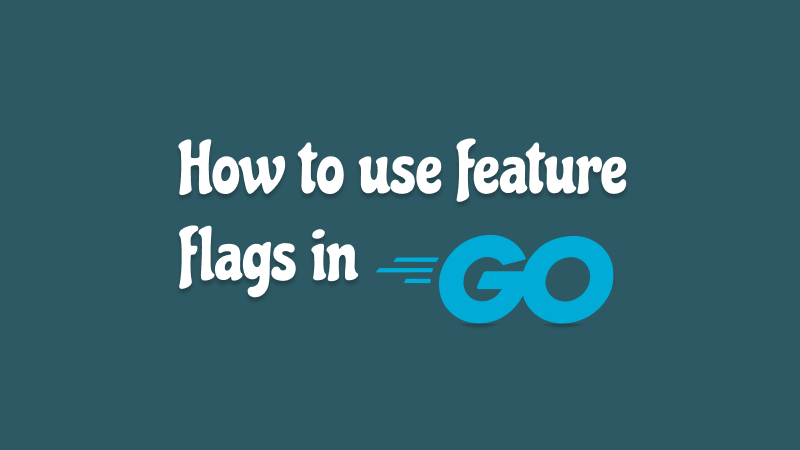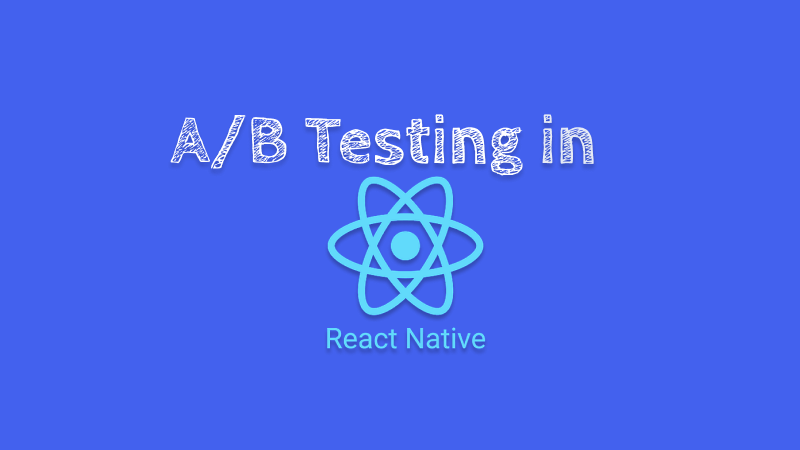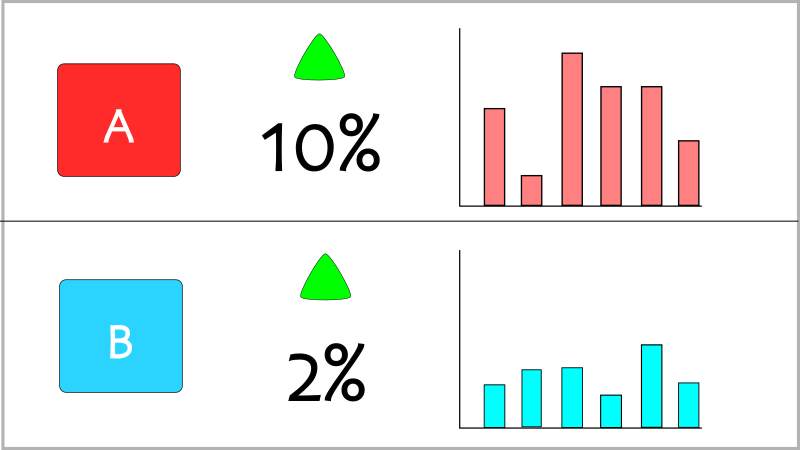With the rise of cloud computing, Function as a Service (FaaS) services are becoming quite popular in the software industry. This is in part due to them not requiring the setup and implementation of a backend server to process and respond to data requests. This allows developers to focus on doing what they do best, writing better code.
By integrating such a service with feature flags, you can expand the way your functions work by toggling functionalities on or off and even rolling them back if anything goes wrong. Added to that, there is no limit on the number of feature flags you can implement, and they can be integrated into just about any language and framework out there.
